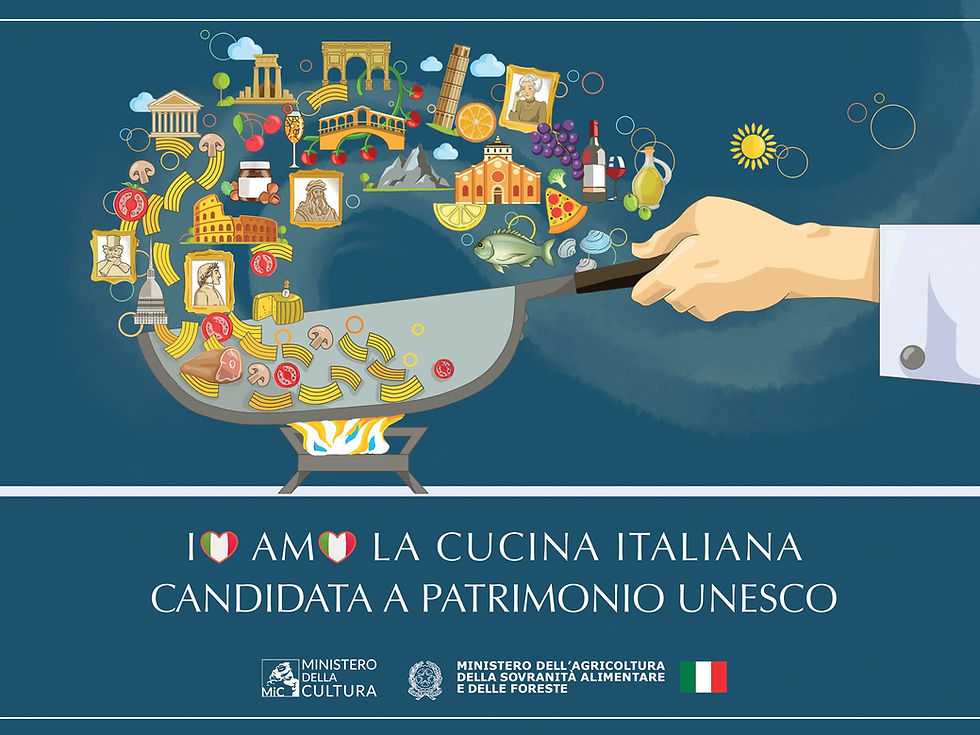The Demonic Origin of Carnival and the Masks. Carnival masks are beings of the Netherworld, Demons.
- Apr 15, 2023
- 3 min read
Updated: Apr 22, 2023
22 December 2020
di Antonella Beconi*
.

Carnival plays an important role all over Italy. Every town has got its own ad in my city is a big event. Everyone starts to speak about it, to work for it already in November if not even earlier. People build huge float wagons, sew costumes, create masks. Carnivals time lasts at least for five weeks. My city is called V……Viareggio!


As for many things regarding western culture all began in the ancient Greece.
At that time they had festivities called Eleusinian mysteries and Dionysian mysteries. Only followers wearing masks could take part at these festival which included wine, food, music, dance some orgiastic ritual and other interesting thing like tear apart animals with bare hands and eat their raw meat.
Also the Romans had an unrestrained, orgiastic festivity that overturned the social norms: Saturnalia. Not only food and wine, but also gambling and social egalitarianism: master provided service for their slaves. During that time slaves were free and one slave was nominated King of the festivity. He wore a mask, had every power and at the end he was sacrificed (but that happened only at the very beginning..).
He was the personification of an underworld deity, responsible for the custody of the souls of the dead, but also the patron of the caountryside and harv
est.
Those “Time of Fools”, time of uncontrolled frenzy, were all agricoltural festivals where the underworld dominated the upperworld.
As the society was mainly agricoltural people needed fertility rites and they were exactly that: festival for earth’s fertility.
To generate a new plant, the seed must spend a period of time in the ground, underground and there in Hell, are the powers of life, the underground Divinities, the demons, the souls of the ancestors that evoked by special rites will appear on the earth, will exert their strength and will start the eternal return of the production cycle: birth – grow –death.
More unrestrained will be the joy, more abundant will grow the harvest and happier will be the year for the community.

This is why we can find demons and animal mask in all Carnival through Europe.
The most famous demoniac mask of all is Harlequin. He’s represented wearing a black mask with a devilish expression and a hint of a horn on his forehead and a multicolor dress (no other masks used it). Someone could say that Harlequin is a poor servant and used to live and walk under the sun, though his face should be tanned or dirty not black. On the same way you could explain the dress: it’s multicolor because Harlequin is poor and he had to patch his dress. Ok, but he didn’t need so many. His costume represents the color of the spring: the green of the leaves and the various colors of the flowers.


Harlequin mask
Nowadays we don’t need these fertility rites any more. The modern society allows the individual to determine his own behavior. The world becomes changeable, the “time of Fools” no longer exist and become everyday life. Carnival disappears with its Chaos, no more devils, orgiastic time or madness, but it become a civil party a representation. Many masks will end in anonymity, others will wear civilian clothes. Just one, Harlequin, is unchangeable and still a symbol of Carnival: to remind us that the demon is an essential part of life.
.
Bibliography
Calendoli, Giovanni. L’Attore. Storia di un‘arte. Roma, Ediz. dell’Ateneo, 1959.
Piero Camporesi, II libro dei vagabondi. Torino: Giulio Einaudi,. 1973.
Adriano Magli. Lo spettacolo sacro. Guanda 1964
Paolo Toschi. Le origini del teatro italiano. Einaudi 1955
Dolores Turchi. Maschere, miti e feste della Sardegna. Newton Compton Editori – Roma 1990 –
Raffaello Marchi. Le maschere barbaricine. La Nuova Italia, 1951
James G. Frazer, a Study in Magic and religion. Newton Compton 2006
Karl Meisen: Die wilde Jagd: Die Sagen vom Wütenden Heer und Wilden Jäger
Muenster 1935
.
Online sources:
Niccolo’ Machiavelli: Canti Carnacialeschi : Il canto dei Diavoli
Dante Alighieri: the Divine Comedy. Inferno: The Malebranche (Evil Claws) Cantos XXI e XXII
Lorenzo il Magnifico: Il corteo di Bacco e Arianna http://colecizj.easyvserver.com/pimedtr1.htm (Italian and English version)
Branduardi (YouTube)
Camerata mediolanense (YouTube)
Larva meaning of the word:
Italian sources:
English sources:
descrizione della bauta o larva : http://aliceeangela.altervista.org/CARNEVALE/lidia/venezia3/LIDIA3.htm
Mamuthones e sos Issohadores:
.
*Antonella Beconi è tutor, CCE Convenor for Italian courses, e PhD candidate presso il Department of Italian Studies, University of Sydney. E’ Vice Presidente del comitato della Dante Alighieri Society Sydney




In ancient times, festivals like the Eleusinian and Dionysian mysteries involved masked participants, wine, music, dance, and intense ritual practices. These secret rites blended celebration with symbolism and transgression, reflecting beliefs about transformation and identity, and Royal Reels frames how ritual and spectacle shaped early culture.
Ancient Romans celebrated Saturnalia, a wild festival that overturned social norms. Gambling, feasting, and www.nzartmonthly.co.nz role reversal defined the event as masters served slaves and one was named king for a time. Though later symbolic, the ritual showed how power and tradition could be challenged, and Royal Reels Australia echoes this fascination with chance and spectacle.
In ancient times, the Eleusinian and Dionysian mysteries were celebrated with masked followers indulging in wine, food, music, dance, and intense rituals, including tearing apart animals and consuming raw meat. These events embodied passion, tradition, and a unique form of Winspirit.
The exploration of carnival masks and their symbolic links to darker folklore traditions shows how historical narratives are now debated across interactive cultural archives and digital discussion platforms, and additional background on this topic may be found on the website which helps place these interpretations within a broader context of online research resources.